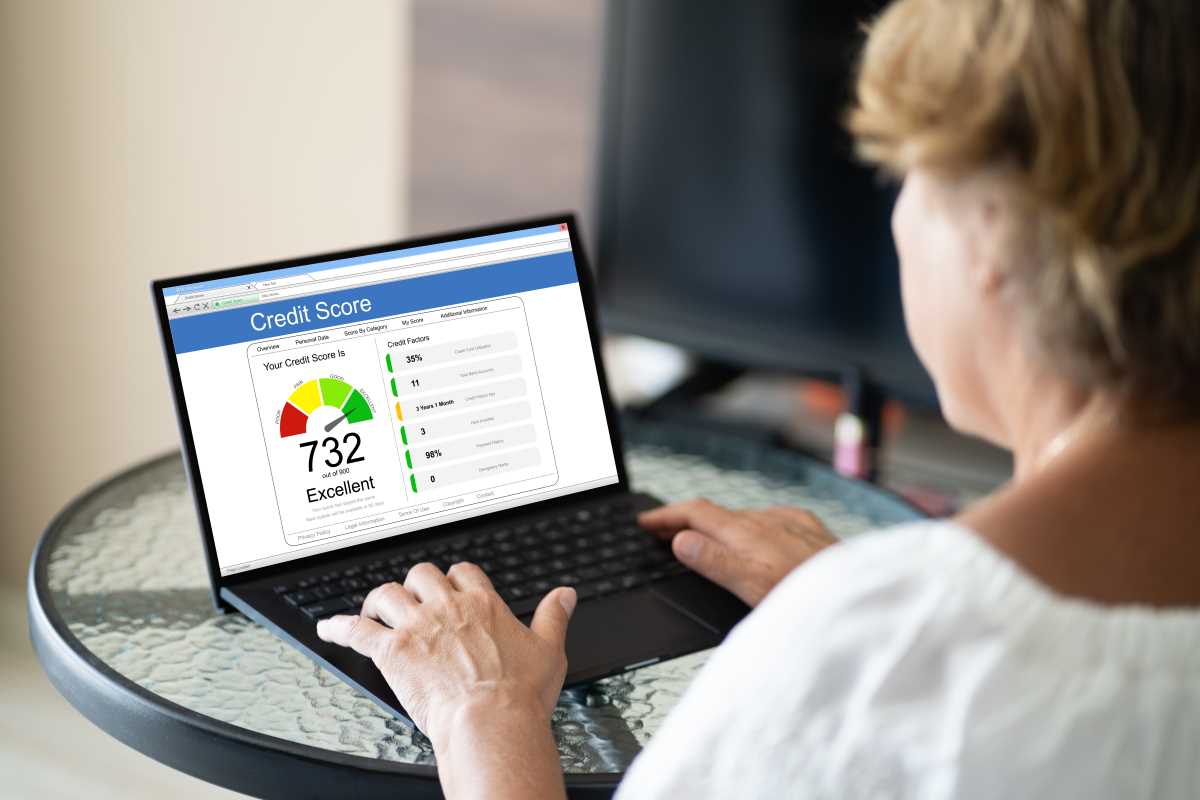Running a project-based business means your days fill up with client meetings, content creation, and keeping track of payments—all as your income shifts from month to month. Saving money might seem overwhelming when your earnings change so often, and building a dependable savings routine can feel out of reach. You want an approach to managing your finances that matches the unpredictable flow of your work. This guide breaks down easy-to-follow savings techniques and practical routines that help you put aside money for the future, cover your taxes, and still enjoy spending on everyday pleasures.
Understanding Your Unique Savings Needs
Start by listing your monthly costs—rent, utilities, groceries, and tools you use to craft and deliver your work. Track how much you spend on office supplies or software subscriptions. If you don’t know these numbers, download a budgeting app or scan a few months of bank statements. Once you see where money flows, you can set realistic targets.
Next, estimate how many months of living expenses you want in your buffer fund. A three-month cushion might feel scary, but it gives breathing room during slow periods. Freelancers often face unpredictable pay cycles, so aim to boost that cushion over time. Decide if you prefer a single emergency stash or separate buckets for taxes, tools, and personal savings.
Top Savings Plan Options
- High-Yield Savings Account You earn more interest in a savings account designed to pay higher rates than typical banks. Online-only banks often top 2.5% APY, compared with 0.1% at big brick-and-mortar institutions. Keep your emergency fund here so cash sits safely but grows faster.
- Individual 401(k) This retirement plan lets you contribute as both employer and employee. You can stash up to $66,000 (or $73,500 if you’re 50 or older) in 2024, tax-deductible if you choose the traditional route. Some platforms let you borrow from the account, which offers extra flexibility.
- SEP IRA Short for Simplified Employee Pension, a SEP IRA lets you put away up to 25% of your net earnings. You can set it up easily with most brokerages. Your contributions reduce taxable income, and you only need to do paperwork once you add $5,000 or more.
- Brokerage Account If you prefer investing in low-cost index funds, a taxable account allows unlimited contributions. Set up automatic transfers to dollar-cost-average into index funds or ETFs. Keep emergency cash separate so you don’t sell investments at a loss.
- Certificates of Deposit (CDs) Lock in a fixed interest rate for 6–24 months. CD laddering means you mature a CD every few months, giving you regular access to funds. Interest rates on CDs sometimes beat high-yield savings, but you lose flexibility if you withdraw early.
Tax-Advantaged Accounts for Freelancers
Filing quarterly taxes feels easier when you put money into an account labeled “Taxes.” Use lines on your budget sheet to set aside 20–30% of each payment. That way, you never dip into your rent money to pay Uncle Sam.
You might also think about a Solo 401(k) Roth option. You pay taxes now so your withdrawals in retirement come out tax-free. If you expect your earnings to grow later, this method can reduce your total lifetime tax bill. Talk to a tax advisor to see if it fits your income pattern.
Automating and Tracking Your Savings
- Arrange weekly or biweekly transfers from your checking to savings. That way, you avoid the temptation to skip saving money.
- Open separate accounts or subaccounts for specific goals (taxes, equipment, emergency fund). Watching each balance grow keeps you motivated.
- Connect budgeting apps to your bank that automatically categorize every transaction. You’ll quickly identify spending leaks and make adjustments.
- Review your progress at the end of each month. Change your transfer amounts whenever you land a big project or notice a slowdown in client work.
Balancing Short-Term Goals and Long-Term Growth
It’s tempting to invest heavily for retirement when markets look promising, but don’t forget to fund your emergency stash. If you face a car repair or laptop failure, you want quick cash without penalties. Save at least 3–6 months of basic expenses in liquid savings before putting money into investments.
Once you build that safety net, direct extra dollars toward tax-advantaged plans or a brokerage account. You could split your surplus savings, putting 50% into retirement accounts and the rest into a diversified mix of ETFs and bonds. This method helps your nest egg grow while you pay for unexpected expenses.
Building a personalized savings system with Emergency Fund, Retirement Accounts, and investment options provides financial stability during income changes. Automate transfers, track your goals, and adjust as needed to maintain your financial health without sacrificing your creative freedom.







